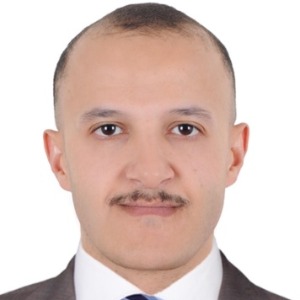Title : Water injection laterals replacement project: Execution optimization
Abstract:
Objective:
The objective of this paper is to represent an optimized execution strategy for the replacement of water injection (Wl) laterals in offshore oil fields. The primary aim is to enhance the efficiency of the replacement process, reduce risks and improve the overall execution through schedule optimization while maintaining the integrity and reliability of water injection systems.
Methods:
The study compares a base execution approach with an optimized methodology. The optimized strategy involves installation of new risers, flexible pipelines and subsea valve skids using strategic parallel installation techniques. This approach enables continuous reliable operations throughout the project timeline. A detailed activity breakdown and vessel deployment strategy are analyzed to reduce offshore intervention time.
Results:
The implementation of this optimized execution approach techniques resulted in significant improvements in operational efficiency, cost savings and overall project safety. The optimization strategies successfully reduced operational impact, ensuring that water injection system operations were maintained reliable without disruption, while also improving the project's
execution timeline by 90%.
Novel:
This work introduces an innovative project execution methodology that emphasizes minimizing the impact of offshore operations through parallel installation strategies. Unlike traditional methods that involve systems downtimes, this approach demonstrates how optimized sequencing and vessels utilization can achieve substantial time and cost savings, all while ensuring the integrity of water injection systems.
Keywords: Water injection, offshore pipeline replacement, project execution optimization, flexible pipelines.
Audience Takeaway:
-
Optimized Project Execution Strategies
Attendees will learn a proven methodology for reducing offshore shutdown durations using parallel installation of risers and flexible pipelines. This approach will equip engineers and planners with a more efficient project sequencing strategy for offshore brownfield modifications -
Risk Mitigation through Installation Innovation
The audience will gain insight into practical techniques for minimizing operational disruptions during subsea work, helping them apply similar mitigation strategies in high-risk offshore environments -
Flexible Pipeline Applications
The session will explain how flexible pipelines can be effectively deployed in offshore environments to enhance system adaptability and reduce installation time. This is especially useful for engineers seeking alternatives to traditional rigid systems -
Execution Efficiency through Vessel Strategy
Participants will learn how optimized vessel deployment and activity breakdowns can reduce intervention time — directly improving project cost control and schedule adherence -
Lessons from Real-World Offshore Projects
The audience will take away lessons learned from actual offshore implementation, helping them benchmark and refine their own execution plans, designs, or retrofit activities -
This case study introduces a replicable offshore execution framework that blends design, project management, and operational risk principles — making it highly applicable for academic courses in offshore engineering, subsea systems, or project execution strategies. It also provides a practical model for capstone or thesis projects in petroleum or mechanical engineering programs.
-
The parallel execution model offers a practical solution to longstanding challenges in offshore shutdowns and tie-ins. It simplifies design coordination by pre-installing components with minimal conflict with live operations — reducing late-stage design changes and easing interface management
-
The methodology helps designers account for real-time constraints during shutdown planning, such as riser locations, flexible tie-ins, and valve skids, which in turn improves design constructability and reliability. It also introduces considerations for vessel access and activity sequencing early in the design stage
-
Improved project safety through reduced exposure during field execution, Cost savings by avoiding extended shutdowns and leveraging vessel time more efficiently, Standardization potential as a model for future water injection or similar subsea replacement scopes, Cross-functional collaboration between engineering, operations, and marine teams demonstrated a strong framework for integrated project execution.



